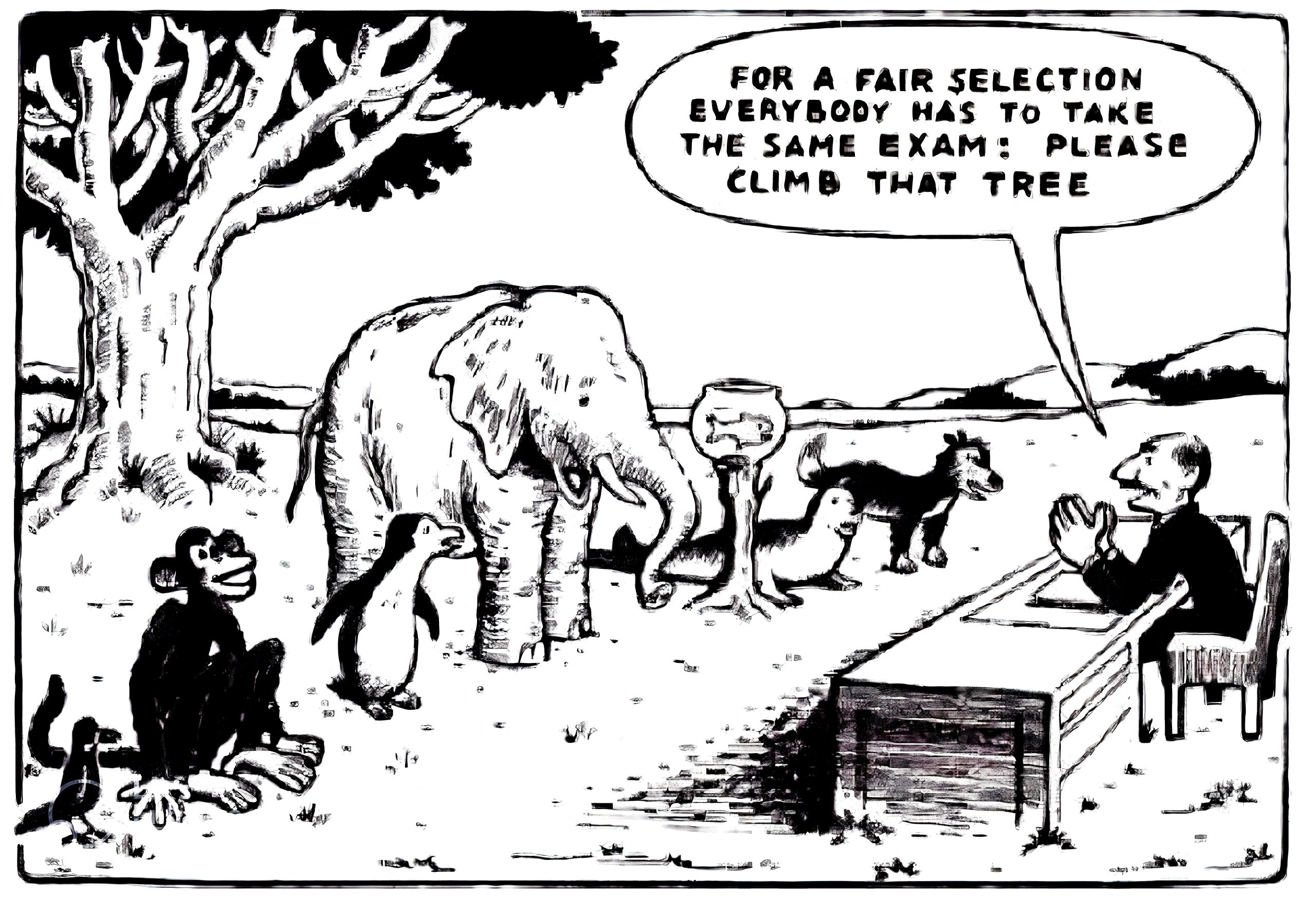
“EVERYBODY IS A GENIUS.
But if you judge a fish by its ability to climb a tree, it will live its whole life believing that it is stupid.” – Unknown
Early in the school year, teachers are just getting to know the diverse learning needs of their new students. Some students might have IEP plans, some may be ESL students, some may be classified as “accelerated,” and all of them need to achieve the same Next Generation Science Standards by the end of the school year.
As we know, it’s important to differentiate our teaching approach in order to meet the learning needs of each student, but that can feel daunting. That’s why no matter how far along you are in developing a differentiation strategy, we’re here to help.
All Mosa Mack Science lessons, activities, and resources are fully customizable and ready to use from day one. Mosa Mack also has several built-in features to help you create additional levels of differentiation. In this blog, we’re going to explore the different levels of differentiation that your classroom may need and how Mosa Mack can help you connect with each of these unique learners.
Do you have students learning English as a second language?
Here’s how Mosa Mack can help:
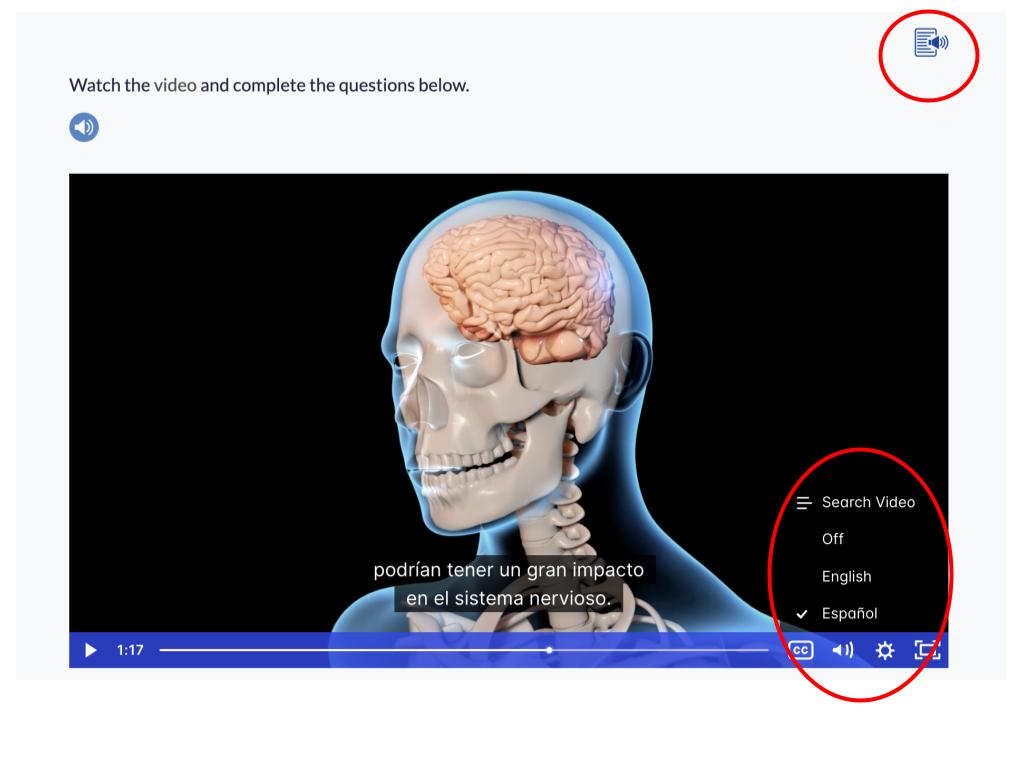
- Closed captioning in both English and Spanish allows students to absorb content and language, through reading and hearing.
- Printable comics help second-language students learn at their own pace and practice their English reading skills.
- Spanish translations allow teachers to assign lessons in Spanish to specific students or even translate the entire Mosa Mack platform into Spanish.
- Text to speech helps ESL students learn through reading and hearing.
- Mind Maps help ESL students develop and practice vocabulary by incorporating visuals that pair with the terms to aid with comprehension.
- Mosa Mack Books offer additional opportunities for students to develop vocabulary, reading, and language skills using images, graphics, diagrams, etc. to supplement written text.
- Grouped/paired lab and engineering activities help ESL students with comprehension and language skills through dialogue with classmates. Mosa Mack activities are fully customizable for groups, pairs, or individuals.
Do you have students reading below grade level?
Support your students with these tools:
- Closed captioning in all of our videos helps students practice reading skills by connecting written and spoken language.
- Printable comics allow students reading below grade level to practice reading comprehension and develop overall vocabulary.
- Text to speech reinforces vocabulary, comprehension, and spelling for below-grade readers.
- Mind Maps help students with overall vocabulary development by incorporating visuals that pair with the terms to aid with comprehension.
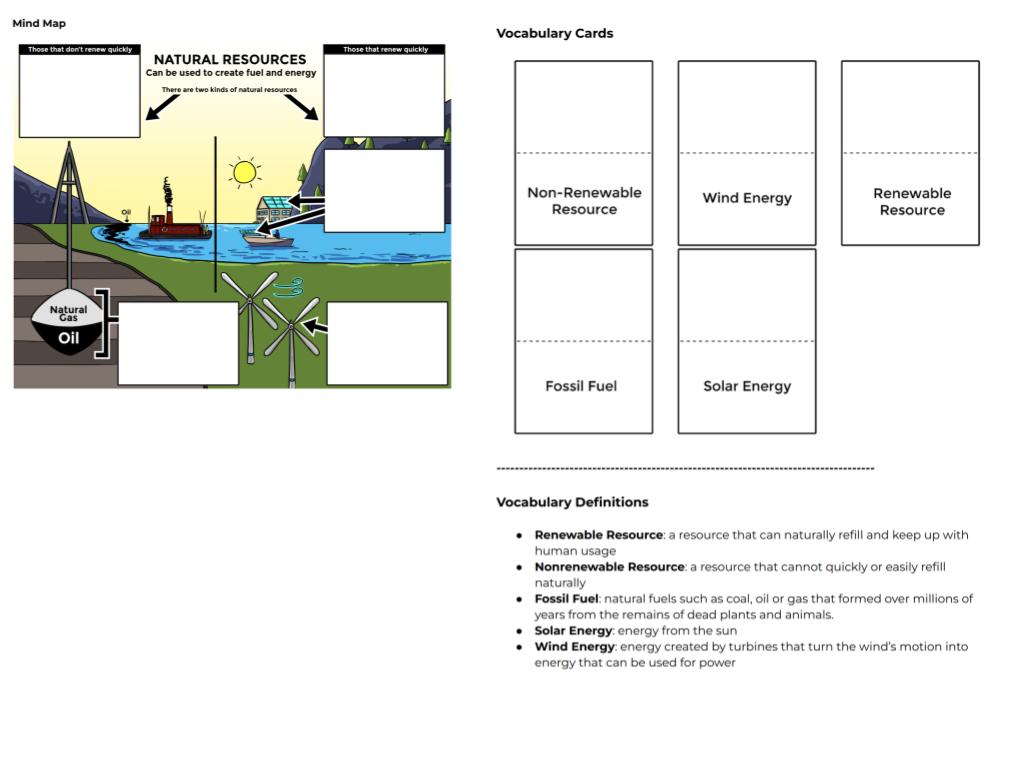
- Lab previews allow students to watch a video of each lab to review the steps and procedures before conducting the lab themselves.
Do you have students who are ready to explore the content more deeply?
Try these features and strategies:
- Engineering Challenges are designed for students to take their learning as far as they want to, applying critical thinking and design thinking to solve real-world problems. Encourage accelerated learners to dive deeper on their own and share their learnings and results with the class as a bonus challenge..
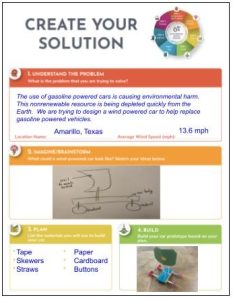
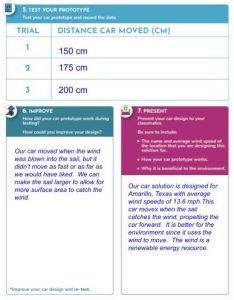
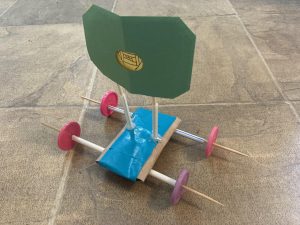
- Unused Unit Exploration can allow accelerated learners to dive into units you don’t teach this year. As a Mosa Mack Science Pro user, you have access to more than 130 lessons. Select one for the learners or have them select their own.
- Additional Resources in each unit allow accelerated learners to deep dive into topics at their own pace using videos, articles, pHet simulations, data-rich resources, early finisher activities, and more.
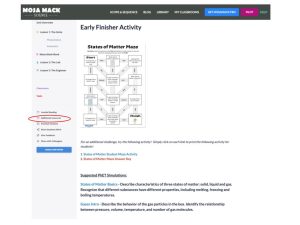
You can choose to print these additional challenges so students can complete on their own while the teacher works with other students.
Do you have students in non-traditional learning settings?
In addition to your needs for differentiation, you also may need to reach students learning in a variety of non-classroom environments. When your students are in a homeschool or remote/distance setting, or if they’re out sick, here are some tools you can use:
- Remote vs. In-Person Use: All labs are available as pre-recorded videos with a remote option that you can toggle on for specific students to watch and follow along with. You can even assign certain lessons for in-person use for some students and remote use for other students.
- And you can see when students submit because assignments are time-stamped
- Customizable settings/pacing allows you to control what students can access to allow for appropriate pacing and differentiation options. You can also determine how many quiz attempts students are allowed and more.
Even More Ways to Differentiate
In addition to learner-specific features, Mosa Mack Science also offers a wide array of tools and strategies for differentiation to suit every learner—and we’re building more all the time. Guidance for these features are included within the lesson plans.
- Lesson 1 Options allow teachers to introduce a unit using either an animated mystery or a documentary-quality live video phenomenon.
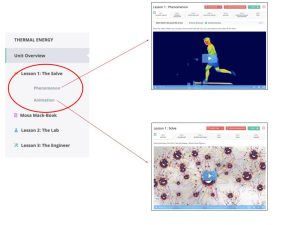
- Project Options for each unit allow students to demonstrate their knowledge in a way that fits their learning style and ability (i.e. engineering project, poster, essay).
- Differentiation Tips in the educator guides explain how teachers can customize a particular section of a lesson for different learners.
- Inquiry Scale instructions for each lesson explain how teachers can differentiate each component of that particular unit (i.e. teacher or student-led, or working as a class or in small groups).
- Test Banks for each unit allow teachers to select pre-written test questions or write their own, tailoring them to specific student needs. You can also create your own pretest and posttest to assign before and after the unit.
- Editable Episode Questions and Exit Tickets allow teachers to adapt each question to specific student learning abilities and styles.
Differentiation: An Overall Strategy
These particular Mosa Mack features are designed to be one component of teachers’ overall approach to differentiation.
A successful bigger-picture strategy boils down to differentiating within specific arenas of learning:
- Content: Base what students learn on their interests and levels of readiness by varying the topics and readings, offering choices, and adjusting the complexity.
- Process: Adapt how students learn by using group versus individual work, personalized instruction, and activities (i.e. hands-on engineering, field research, reading) that are tailored to student learning styles and abilities.
- Product: Determine how students show their understanding by offering a range of presentation options (i.e. poster or essay) that play to their unique communication strengths.
- Learning Environment: Design the classroom itself to accommodate individual learning styles by using collaborative spaces, quiet zones, a library/resource area, and/or flexible furniture arrangements.
As you make use of these features and strategies for differentiation, remember that this is an ongoing process. You’re developing a muscle. Before you know it, a “differentiation mindset” will be second nature. And because every student is learning in their own way, they’re more able to reach their greatest potential.
Additional Resources
How to Differentiate Instruction in Mixed-Ability Classrooms
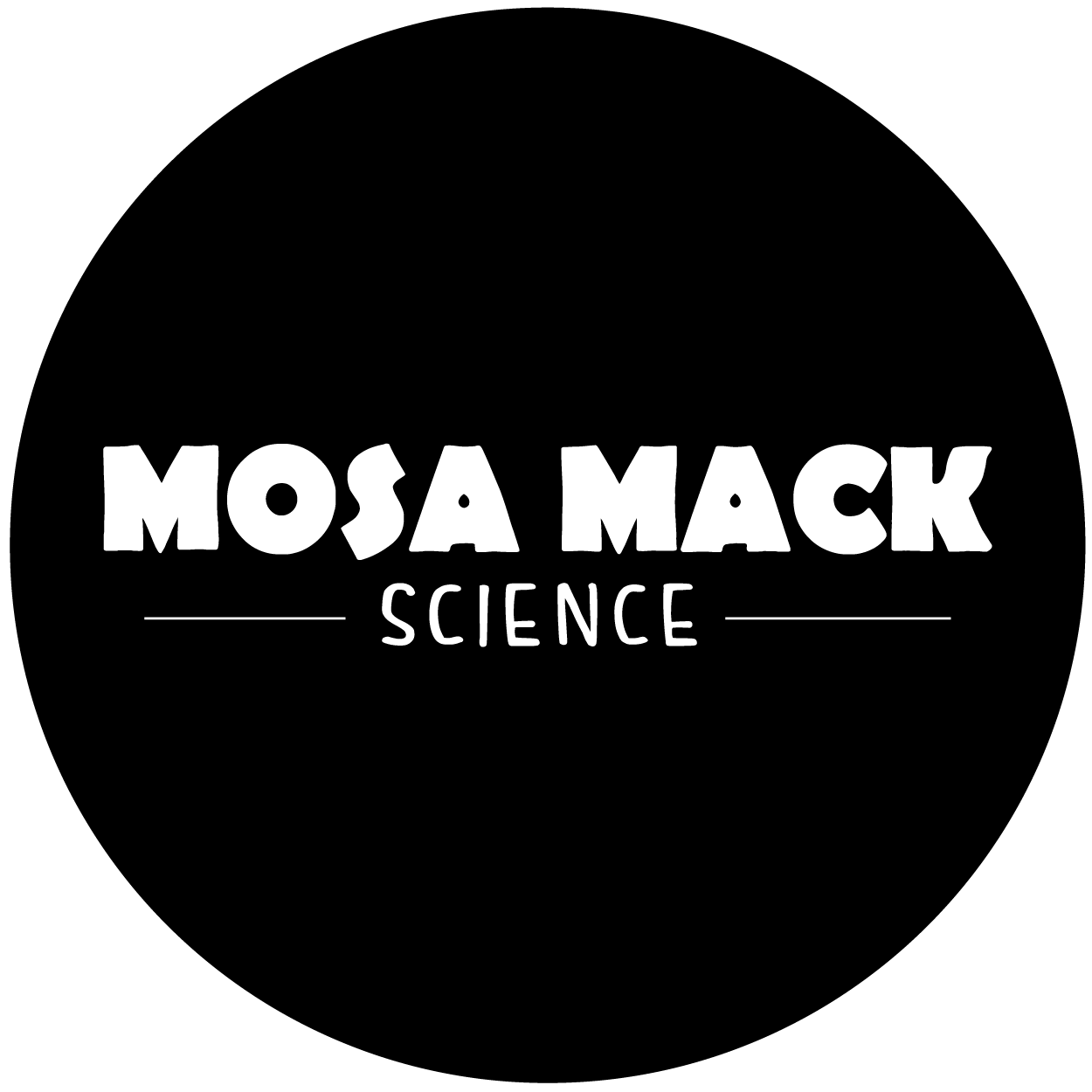
Leave a Reply